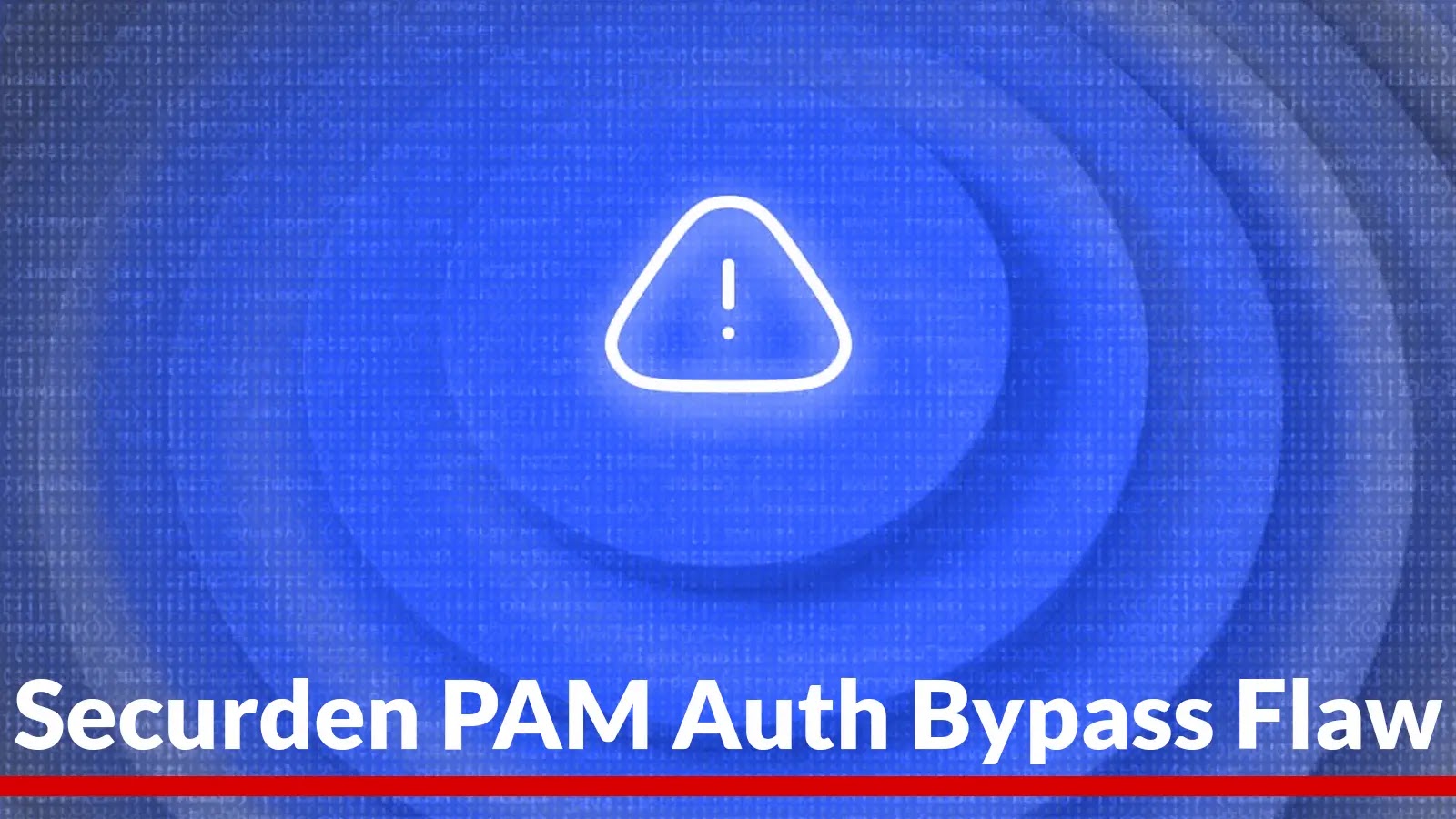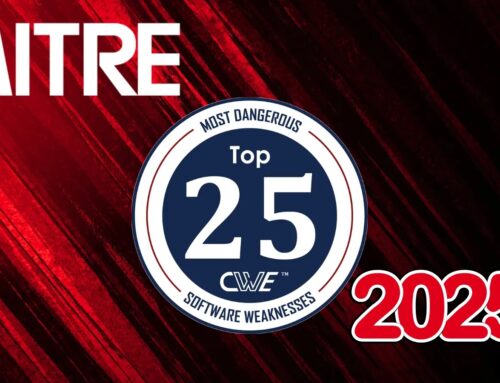
Securden Unified PAM Vulnerability Let Attackers Bypass Authentication
The Critical Vulnerability: CVE-2025-53118 in Securden Unified PAM
A significant security flaw has been identified in Securden Unified PAM, a widely used privileged access management (PAM) solution. This vulnerability, tracked as CVE-2025-53118, carries a severe CVSS score of 9.4, indicating its critical nature. Cybersecurity researchers discovered that this flaw enables attackers to completely bypass authentication, gaining unauthorized access to sensitive credentials and critical system functions. Such a bypass presents an immediate and severe risk to an organization’s most sensitive assets and infrastructure.
Understanding the Impact of Authentication Bypass
An authentication bypass vulnerability is among the most dangerous types of security flaws. It allows an attacker to circumvent the login process, directly gaining access to a system or application without providing valid credentials. In the context of a PAM solution like Securden Unified PAM, this means an unauthorized individual could potentially:
- Access and exfiltrate highly privileged credentials (e.g., administrator passwords, SSH keys, API tokens).
- Execute arbitrary commands on managed systems.
- Manipulate or delete critical system configurations.
- Escalate privileges within the network.
- Establish persistence for long-term access.
The compromise of a PAM solution can effectively grant an attacker the “keys to the kingdom,” enabling lateral movement across an entire enterprise network and significantly increasing the risk of data breaches, ransomware attacks, and operational disruption.
Securden Unified PAM: A Target for High-Impact Attacks
Privileged Access Management systems are designed to be the bastion of an organization’s most sensitive accounts and infrastructure. They enforce the principle of least privilege, manage secrets, and audit privileged sessions. When a PAM system itself is compromised, the very foundation of an organization’s security posture is undermined. The discovery of CVE-2025-53118 in Securden Unified PAM underscores the inherent risk in trusting a single, critical system with such profound control. This vulnerability is not an isolated incident; it is one of at least four serious security issues recently identified in the platform, signaling a potential broader set of security concerns.
Remediation Actions for Securden Unified PAM Users
Organizations utilizing Securden Unified PAM must take immediate and decisive action to mitigate the risks associated with CVE-2025-53118 and any other identified vulnerabilities. Proactive remediation is crucial to protect sensitive credentials and prevent unauthorized access.
- Apply Patches Immediately: Monitor Securden’s official security advisories and promptly apply all available patches and updates. This is the most critical step to address the vulnerability.
- Isolate and Segment: Ensure the Securden Unified PAM instance is isolated within your network with strict firewall rules, limiting network access only to necessary administrative endpoints.
- Review Logs and Audit Trails: Scrutinize logs for any unusual activity, failed login attempts, or unauthorized access attempts that may indicate exploitation. Pay close attention to logs from the PAM solution itself and integrated systems.
- Rotate Privileged Credentials: As a precautionary measure, consider rotating all privileged credentials managed by Securden Unified PAM after applying patches, especially if there’s any suspicion of compromise.
- Implement Multi-Factor Authentication (MFA): While this vulnerability bypasses authentication, strong MFA on administrative interfaces and other critical systems adds a layer of defense against other attack vectors.
- Perform Security Audits: Conduct regular security audits and penetration tests specifically targeting your PAM solution and its integration points.
Recommended Security Tools and Resources
Leveraging appropriate tools can aid in detecting, mitigating, and managing vulnerabilities within your environment.
| Tool Name | Purpose | Link |
|---|---|---|
| Vulnerability Scanners (e.g., Nessus, OpenVAS) | Identify known vulnerabilities, misconfigurations, and weak points in your network and applications. | Nessus OpenVAS |
| Security Information and Event Management (SIEM) | Aggregate and analyze security logs from various sources to detect anomalous behavior and potential threats. | Splunk Enterprise Security |
| Network Intrusion Detection/Prevention Systems (NIDS/NIPS) | Monitor network traffic for suspicious patterns and block malicious activities. | Snort |
| Endpoint Detection and Response (EDR) | Monitor endpoints for malicious activity, provide threat detection, and enable rapid response. | CrowdStrike Falcon Insight |
Conclusion
The critical authentication bypass vulnerability CVE-2025-53118 in Securden Unified PAM poses a severe threat to any organization relying on this solution. Its high CVSS score reflects the direct and profound impact a successful exploit could have, potentially leading to complete compromise of privileged accounts and critical systems. Immediate patching, rigorous security assessments, and continuous monitoring are essential to protect against this flaw and maintain the integrity of your privileged access management infrastructure. Remaining vigilant and proactive in cybersecurity defense is paramount.





